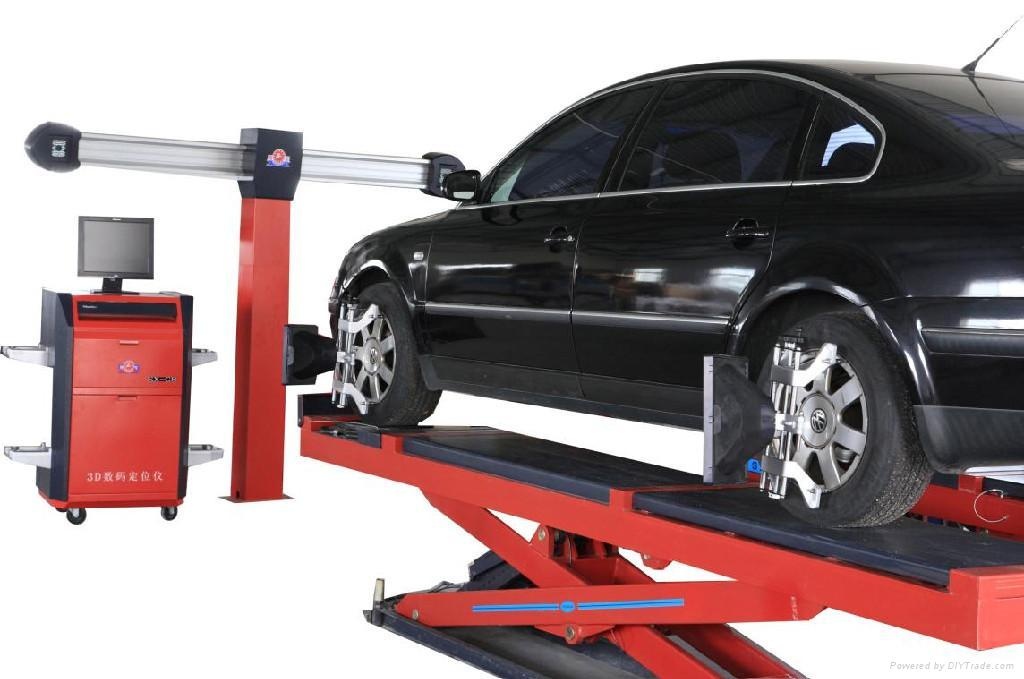Wheel alignment, sometimes referred to as breaking or tracking, is part of standard automobile maintenance that consists of adjusting the angles of the wheels so that they are set to the car maker’s specification. The purpose of these adjustments is to reduce tire wear, and to ensure that vehicle travel is straight and true (without ‘pulling’ to one side). In this passage, we conclude some of the FAQs you may wonder to know. We hope it can offer you some clues.
1. How do I know if my car needs an alignment?
Usually, vehicle wheel alignment should be inspected at least annually, and corrected without delay when the free check shows the alignment is out of manufacturers’ specs. During your ordinary driving life, if your steering wheel is off center but the car is driving straight or the steering wheel is centered but the car isn’t driving straight, it’s probably time for an alignment. You can also make a visual check for any misalignments. If the car wanders from side to side on the road, it’s time to seriously consider an alignment.
2. How do wheel alignment problems happen?
The reasons of wheel alignment problem vary from collisions and accidents that can result in physical damage to your vehicle’s frame to something as small as driving over a pothole, or grazing over a curb. It doesn’t take much for vehicles to lose their wheel alignment, that’s for sure and there are many ways. Wheel alignment can be thrown off by pot holes, hitting the curb, bumping into concrete parking stalls and fair wear and tear.
3. Why is a wheel alignment so important?
Perhaps you argue that you don’t have time for a wheel alignment, and you don’t care about anything like gas mileage. However, wheel alignment problem is more serious than this. It can affect your driving safety. Your wheels can’t respond to your commands instantly and perfectly, they won’t turn to the exact direction you want them to go. This is very dangerous when you are in some emergency situations. On the other hand, having the wheels aligned normally takes less than one hour.
4.Do vehicles have different types of alignment specifications?
The answer is a definite yes as long as the vehicles fall into different models. Each model has its own unique alignment specification. The size, length, weight and intended use of the vehicle all play a role in determining the correct alignment angles. You don’t have worry about this since a special computerized alignment machine will do it for you. This alignment machine is pre-loaded with every vehicle’s alignment specifications.
5. Do I need to get a wheel alignment and tire balance when I have new tires installed?
People always seek for the answer to this question when they purchase new tires. It is quite understood since tire balancing coupled with wheel alignment can be expensive. Here I’ll only provide reasons for a “YES” answer from the wheel alignment. If your wheel alignment is out, the life of your new tires can be significantly decreased, other steering and suspension parts can also expose to wear due to wheel alignment problems. Finally, you have to spend more on these wearing parts, which absolutely is the result you are trying to avoid.

FAQs on car wheel alignment
by
Tags:
